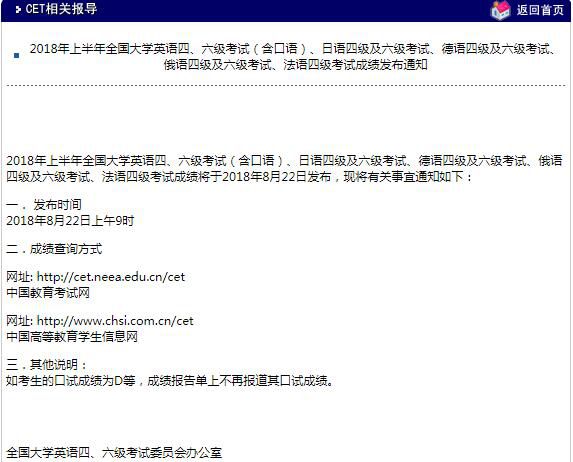综合辅导:职称英语补全短文第4课时
|
PASSAGE 12 Supermarket Supermarket is a type of retailing institution that has a moderately broad product assortment spanning groceries and some nonfood lines, that ordinarily emphasizes price in either an offensive or defensive way. As a method, supermarket retailing features several related product lines, a high degree of self-service, largely centralized checkout, and competitive prices. The supermarket approach to retailing is used to sell various kinds of merchandise, ____(1)____. The term supermarket usually refers to an institution in the grocery retailing field. Most supermarkets emphasize price. Some use price offensively by featuring low prices in order to attract customers. Other supermarkets use price more defensively by relying on leader pricing to avoid a price disadvantage. Since supermarkets typically have very thin gross margins, they need high levels of inventory turnover to achieve satisfactory returns on invested capital. Supermarkets originates in the early 1930s. They were established by independents ____(2)____. Supermarkets were an immediate success, and the innovation was soon adopted by chain stores. In recent decades supermarkets have added various nonfood lines to provide customers with one-stop shopping convenience and to improve overall gross margins. Today stores using the supermarket method of retailing are dominant in grocery retailing. However, different names are used to distinguish these institutions ____(3)____: A superstore is a larger version of the supermarket. It offers more grocery and nonfood items ____(4)____. Many supermarket chains are emphasizing superstores in their new construction. Combination stores are usually even larger than superstore. They, too, offer more groceries and nonfoods than a supermarket but also most product lines found in a large drugstore. Some combination stores are joint ventures between supermarkets and drug chains such as Kroger and Sav-on. For many years the supermarket has been under attack from numerous competitors. For example, a grocery shopper can choose among not only many brands of supermarkets but also various types of institutions (warehouse stores, gourmet shops, meat and fish markets, and convenience stores)。 Supermarkets have reacted to competitive pressures ____(5)____: Some cut costs and stressed low prices by offering more private brands and generic products and few customer services. Others expanded their store size and assortments by adding more nonfood lines (especially products found in drugstores), groceries attuned to a particular market area (foods that appeal to a specific ethnic group, for example), and various service departments (including video rentals, restaurants, delicatessens, financial institutions, and pharmacies)。 A by size and assortment B than a conventional supermarket does C including building materials, office products, and, of course, groceries D attracting more customers with their low prices E primarily in either of two ways F to compete with grocery chains KEYS: CFABE PASSAGE 13 A Thirsty World The world is not only hungry, it is also thirsty for water. This may seem strange to you, since nearly 75% of the earth's surface is covered with water. But about 97% of this huge amount is sea-water, or salt water. Man can only drink and use the other 3% ——the fresh water that comes from rivers, lakes, underground, and other sources. ____1____, because some of it is in the form of icebergs and glaciers. Even worse, some of it has been polluted. At the moment, his small amount of fresh water is still enough for us. However, our need for water is increasing rapidly. Only if we take steps to deal with this problem now, can we avoid a severe worldwide water shortage later on. One of the useful steps we can take is to stop unlimited use of water. ____2____, however, would have a bad effect on agriculture and industry. In addition to stopping wasting our precious water, one more useful step we should take is to develop ways of reusing it. ____3____, but only on a small scale. Today, in most large cities, water is used only once and it eventually returns to the sea or runs into underground storage tanks. ____4____ that has been used to a purifying plant. There it can be filtered and treated with chemicals so that it can be used again just as if it were fresh from a spring. ___5____, we still would not have enough. Where could we turn next? To the oceans! All we'd have to do to make use of the vast amount of sea-water is -remove the salt. This salt-removing process is already in use in many parts of the world. So if we take all these steps, we'll be in no danger of drying up! A. A limited water supply B. But it is possible to pipe water C. It is possible to purify large amounts of sea water D. But even if every large city purified and reused its water E. And we cannot even use all of tha F. Experiments have already been done in this field KEYS: EAFBD |








